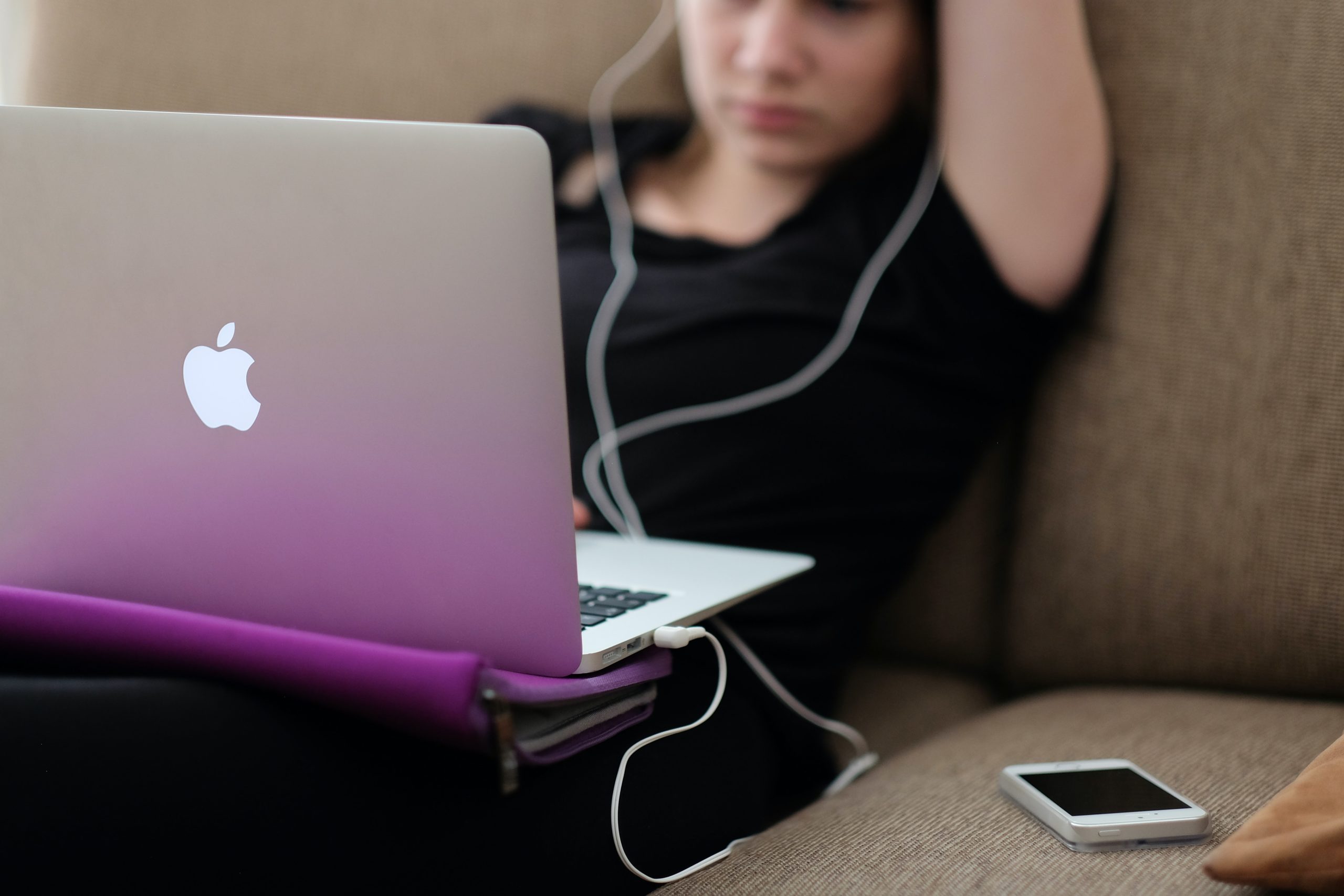What is Video-based learning?
The future of education lies in combining Video-based learning with other emerging technologies such as artificial intelligence and virtual reality that will allow us to create interactive educational experiences for our students where they can engage with experts in real-time.
Video-based learning is an approach to teaching that uses video as a primary means of instruction. Video-based learning can be used in any subject area, from mathematics to science and even history. Many schools have adopted this method because it allows students to retain more information than when they’re just listening or reading from text alone.
In addition, video-based learning has been found to improve student engagement and motivation levels; increase their attention spans; reduce stress levels; increase retention rates; improve collaboration skills among peers (and teachers); make learning fun for young children who may not otherwise enjoy sitting still for long periods of time at school
Educators with decades of experience have shifted their focus to incorporate video into their approach to teaching.
Video-based learning is an approach to teaching that has been gaining traction in schools around the world. Educators with decades of experience have shifted their focus to incorporate video into their approach to teaching, which makes sense given how much more effective it is than traditional classroom instruction.
Video can be used for several different purposes:
- Students can watch a video at home and then use this information as they work on assignments or projects at school;
- Students can also watch videos while on the go—whether that’s using their phone or tablet or even watching TV shows on Netflix;
- And finally, if you want students who are visual learners (or just enjoy watching something visually arresting), then making use of video clips during class is a great way to supplement classroom instruction!
Video can be used to supplement classroom instruction, but it is often used as a replacement for more traditional forms of education like lectures, textbooks, and tests.
Video can be used to supplement classroom instruction, but it is often used as a replacement for more traditional forms of education like lectures, textbooks, and tests.
The first recorded use of video in the classroom occurred in 1928 when Edwin Link captured a presentation by Thomas Edison on “Modern Methods of Manufacturing and Their Application.” The following year he began using film at his high school in New Rochelle, New York. In 1959 he became headmaster at Phillips Academy Andover; there he introduced videotape technology into their curriculum as well as classes taught via teleconference from MIT’s Lincoln Laboratory near Lexington MA.
The video has been used in classrooms at all levels since the earliest days of broadcasting.
The video has been used in classrooms at all levels since the earliest days of broadcasting. The first televised classroom was in 1963 and it was also the year that there were recorded lectures available for public use by anyone who wanted them.
In 1964, Dr. Fong Wong at Stanford University made his first lecture available to students via videotape so they could watch it at their leisure instead of having to attend class on campus or drive home after hours of work during breaks.
Video-based learning provides
Video-based learning provides individualized lessons to students as they watch them on their own time and device.
Video-based learning is a personalized learning experience that allows students to learn at their own pace, on their own devices, and at the time of their choosing.
It’s all about you!
Students can watch videos when they have free time or during class breaks, allowing them to work on projects or assignments that are important to them. By offering this option, teachers have more flexibility in how they teach content so it fits the needs of each student.
It extends the reach of traditional education by providing a new way for students and teachers from all over the world to share knowledge and skills without ever having met face-to-face.
Video-based learning is a new way of teaching and learning. The concept of video-based learning was first introduced in the early 2000s, but it has only recently found popularity with educators around the world.
Video-based learning is a technology that allows students and teachers from all over the globe to meet face-to-face without ever having met in person. It provides a platform for sharing knowledge between people who may not have access otherwise, thus extending traditional education by providing an opportunity for students from different countries or cultures to learn together through video conferencing technology. Students can use this tool during their lessons at home or school; teachers can share their expertise with other educators through these sessions; experts from all over can teach even if they don’t live near each other geographically
The future of education lies in combining video with other emerging technologies such as artificial intelligence and virtual reality that will allow us to create interactive educational experiences for our students where they can engage with experts in real time.
The future of education lies in combining video with other emerging technologies such as artificial intelligence and virtual reality that will allow us to create interactive educational experiences for our students where they can engage with experts in real time.
By using video as an instructional tool, we can create a platform where learners can learn in new ways. As technology evolves, so too must our approach to learning: digital tools are becoming more accessible than ever before and are helping push the boundaries of what’s possible when it comes to education.
Conclusion
We believe that video-based learning is a fundamentally important step toward the future of education. It provides individualized lessons to students as they watch them on their own time and device, extending the reach of traditional education by providing a new way for students from all over the world to share knowledge and skills without ever having met face-to-face. With so many innovative uses being made possible by video, it will surely become more widely adopted in the years ahead!
Click here to know more details
Click here for more Blogs


